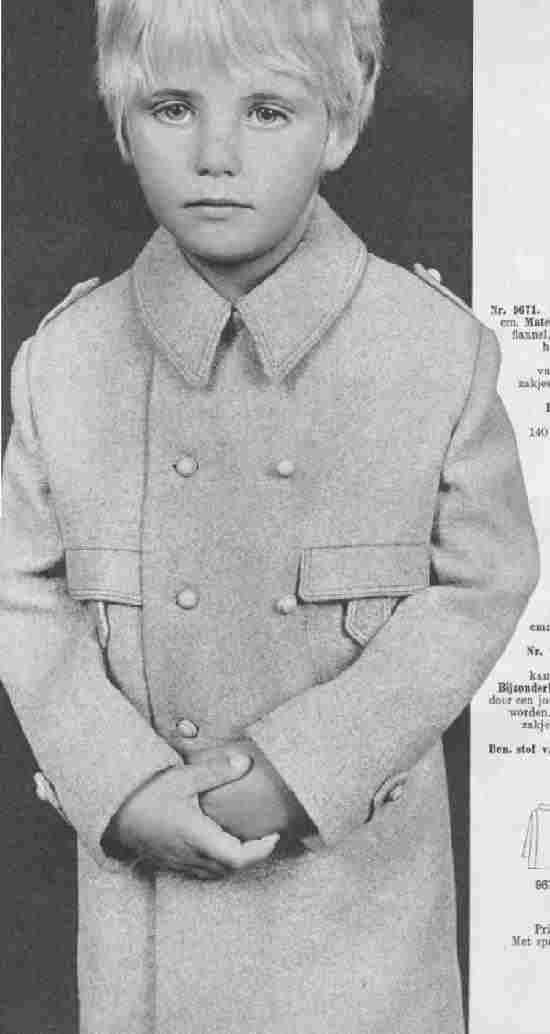
Figure 1.--This boy wears a raher elaborately styled coat shown in a 1968 catalog. It is worn longer than many coats for younger boys. Note the military styling elements.


Figure 1.--This boy wears a raher elaborately styled coat shown in a 1968 catalog. It is worn longer than many coats for younger boys. Note the military styling elements. |
Coats in the 19th century could be quite elaborate. Gradually they became more simple. Coats with sailor styling were an important step in that direction. Sailor styles like reefer coats were popular in the late 10th century. Dutch boys have worn a variety of clasically styled coats with simple styling. Detailing involving pockets, belts, collars, cuffs, and other fearures can radically modify the look of a coat. Other elements such as braided trim was popular in the 19th century, but no longer used. Many of these sylish features show the stylistic influence of military uniforms. Military styling has been a major factor in boys' suits. Military styled elements include double breasted styling, shoulder epeulets, flap pockets, and cuff tabs. Dutch boys have also worn trendy coats with elaborate detailing. Such fashions come and go, usually having little long-term impact. Coats have varied in length with both long and short styles. We have noted a number of coat styles, but unfortunately do not always know the proper description for them.
We have noted coats in the mid-19th century wihich fell to kneelength amf had belt up sleeves. I'm not sure what the proper name is. been
Dutch boys have also worn a variety of sailor-styled coats. Perhaps the most common is the reffer coat.
The classic overcoat has also been the subject of a wide range of stylistic modificatiions. Often a varierty of military stylistic elements are employed. The coat shown on this page is a good example of a basic overcoat that has been embelished with a a variety of stylistic changes. Such styles are usually short-lived, but rge basic classic overcoat style has survived.
The duffle coat owes its name from a course woolen material made in the Belian town of Duffel. The duffel coat as we know it today with the hood and wodden toggels owes its popularity to the British Navy which opted it for use during World War II. The duffle coat is known in the Netherlands as "houtjes-touwtjes-jas". It was very popular from the 1950s-80s. During the cold winter months lots of boys wore them. The Dutch name means: a coat (=jas) with bits of wood (=houtjes) and bits of string (=touwtjes). The British have called these "Monteycoats" after Field Marshall Montgomery.
Navigate the Boys' Historical Clothing Web Site:
[Introduction]
[Activities]
[Bibliographies]
[Biographies]
[Chronology]
[Clothing styles]
[Contributions]
[Countries]
[Boys' Clothing Home]
Navigate the Boys' Historical Clothing Dutch pages:
[Return to the Main Dutch boys coat page]
[Maiken Island]
[Dutch choirs]
[Dutch royalty]
[Dutch scouts]
[Dutch school uniform]
[Dutch boys bangs]
Navigate the Boys' Historical Clothing national pages:
[Return to the Main countries page]
[Australia]
[Belgium]
[England]
[France]
[Germany]
[Ireland]
[Italy]
[Japan]
[Korea]
[Mexico]
[Netherlands]
[Scotland]
[United States]
